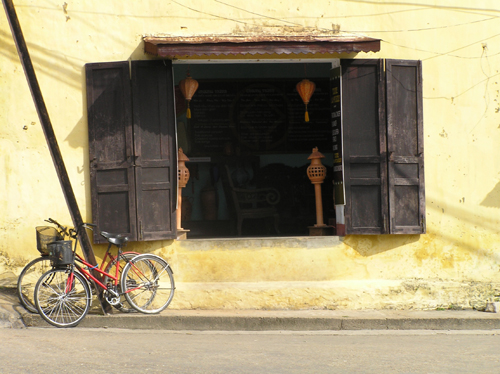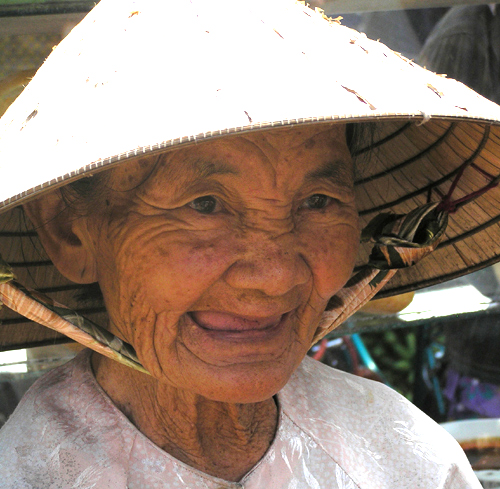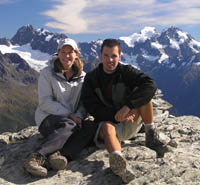In March of 1965, American combat troops splashed ashore near Danang, Vietnam, cementing U.S. involvement in a painful war that divided the United States both politically and emotionally. In Vietnam, it is known as the American War.
The story of the American War traces its beginnings to 1847, when the French first attacked Vietnam, and seized Saigon. After decades of bloody fighting with the French, Vietnam ceased to exist in 1887, as Vietnam was forcibly incorporated into France’s colonial holdings. Throughout the period of colonization, repeated independence attempts by the Vietnamese were brutally crushed by the French. However, during World War II, France was forced to cede control of Indochina to Japan. Suddenly, the only meaningful resistance to the Japanese was by a group known as the Viet Minh, a communist-dominated group opposed to both French colonization, and Japanese occupation. As the Viet Minh represented the best hope to repel the Japanese, the U.S. provided the group with significant military and financial aid. The leader of the Viet Minh was a young military guru named Ho Chi Minh.
With U.S. and Chinese support, Ho Chi Minh led a popular uprising against the Japanese in the spring of 1945, and forcibly reclaimed much of Northern Vietnam. In September 1945, after the U.S. bombing of Hiroshima and Nagasakai, Ho Chi Minh stood on a stage in Hanoi, with American O.S.S. Agents at his side, and declared independence for the Democratic People’s Republic of Vietnam. Despite this declaration of independence, the power vacuum left by the Japanese defeat led to chaos in the streets, with holdover French settlers eventually reasserting their control over Vietnam. This didn’t sit well with the Vietnamese, who had tired of French occupation, and the Franco-Viet Minh War spun out of control. For the next eight years, France and Vietnam fought what was at the time the bloodiest war ever to be fought on the soil of Vietnam.
At the same time, the “Domino Theory” of a worldwide communist movement intent on gaining control of the world through various “wars of liberation” gained popularity throughout the West. As a result, the U.S. abandoned its support of Ho Chi Minh, switched sides, and backed the French war effort against Vietnam. In 1950 the first U.S. military advisors arrived in Vietnam to instruct troops on the use of U.S weapons, and by 1952 U.S. aid to the French troops in Vietnam topped $2 billion. The Geneva Conference of 1954 finally ended the bloody war, and among other things, “temporarily” divided Vietnam into two zones at the Ben Hai River near the 17th Parallel.
When the French troops left Vietnam, the U.S. military advisors stayed to train South Vietnamese troops. In 1959, Ho Chi Minh agreed to requests by Southern Vietnamese communists to begin efforts to “liberate” the South. Eight months later, Ho Chi Minh announced formation of the National Liberation Front, whose stated political platform called for neutralization of Vietnam, and the gradual reunification of the North and South. In the South, the National Liberation Front was known as the Viet Cong. While the Viet Cong started the war against the South in 1959, by 1964 regular North Vietnamese Army units were also attacking the South. Despite massive U.S. aid and the continued presence of U.S. military advisors, the South suffered from devastating political instability, and quickly found itself in trouble.
Newly elected President Johnson, citing unsubstantiated attacks on U.S. warships by North Vietnam, ordered U.S. air strikes on the North, and escalated U.S. involvement in the conflict. Soon, the U.S. found its hands tied, with fear of a Soviet/Chinese reprisal for any expansion of the war into North Vietnam, and the assured spread of Communism the perceived result of any withdrawal. As a result, the U.S. fought a war of attrition, trying to break the will of the North through annihilation of North Vietnamese troops. Despite massive U.S. air strikes (every road and bridge in North Vietnam was bombed, 4,000 of the North’s 5,788 villages were hit, and over 15 million tons of explosives were expended), the North showed no sign of weakness.
As the war of attrition raged, support for the war effort in America plummeted. As a result, President Nixon pushed for a negotiated end to U.S. involvement. The Paris peace agreements called for a cease-fire and the withdrawal of all U.S troops. Although all U.S. troops were out of Vietnam by 1973, the U.S. continued to provide massive financial and military aid the South, as the brutal guerilla fighting continued between North and South Vietnamese troops. In 1975, the U.S. cut its funding to only $700 million – less than half of what experts thought the South needed to survive. The North immediately took advantage of the situation, and launched a massive push south across the 17th Parallel in violation of the Paris agreements. With no one to provide leadership or assistance, South Vietnam quickly collapsed, surrendering on April 30, 1975.
The costs of this war are staggering: 58,183 U.S. soldiers were killed (or listed as MIA), 223,478 South Vietnamese troops died, and over 1,000,000 North Vietnamese soldiers were killed. As if those numbers are not shocking enough, consider that over 4,000,000 Vietnamese civilians (10% of Vietnam’s population) were injured or killed, as were hundreds of thousands of innocent people in Cambodia and Laos. Pentagon figures indicate that the U.S. lost 3,689 aircraft and 4,857 helicopters, and spent over $330 billion on the war effort (by comparison, the Korean War cost the U.S. $18 billion).
American soldiers won every battle, but lost the war. The North was simply more willing than the U.S. to suffer through a war of attrition. History may have been indicative: Ho Chi Minh once told the French, "You can kill 10 of my men for every one I kill of yours, but even at those odds, you will lose...."
To this day the war is an emotional and divisive topic. Some remain convinced that our past commitment to contain communism in Vietnam makes the world a better place today, while others feel the staggering loss of human life for a war effort doomed to fail was a complete policy failure by the U.S. Government. One thing is certain: whether you think it was right or wrong politically, everyone can agree that war is hell, and that this hell was one of the worst in history.
The following
War-Related Photographs were taken throughout Vietnam. As Americans in Vietnam, we were welcomed with open arms. People were friendly and warm, and we found no evidence of any grudge against the U.S. However, Vietnam is fiercely proud of its independence and warring capabilities. There are war museums in several major cities, and historic sites all along the Ben Hai River and the Demilitarized Zone of the 17th Parallel. In the official museums, the Vietnamese government continues to cite wartime propaganda as fact, and the view presented is very one-sided. Private tour guides are much more unbiased.
NOTE: For those interested in reading a firsthand account of the wartime decision making of both the Kennedy and Johnson Administrations, pick up a copy of the excellent book
In Retrospect by former Secretary of Defense Robert S. McNamara. It explains what factors went into the evolution of America’s war position – from Kennedy’s policy of limiting U.S involvement to support of the South’s military, to Johnson’s escalation to active war with the North – and details the grave mistakes Secretary McNamara believes were made by the U.S. with respect to the war.






